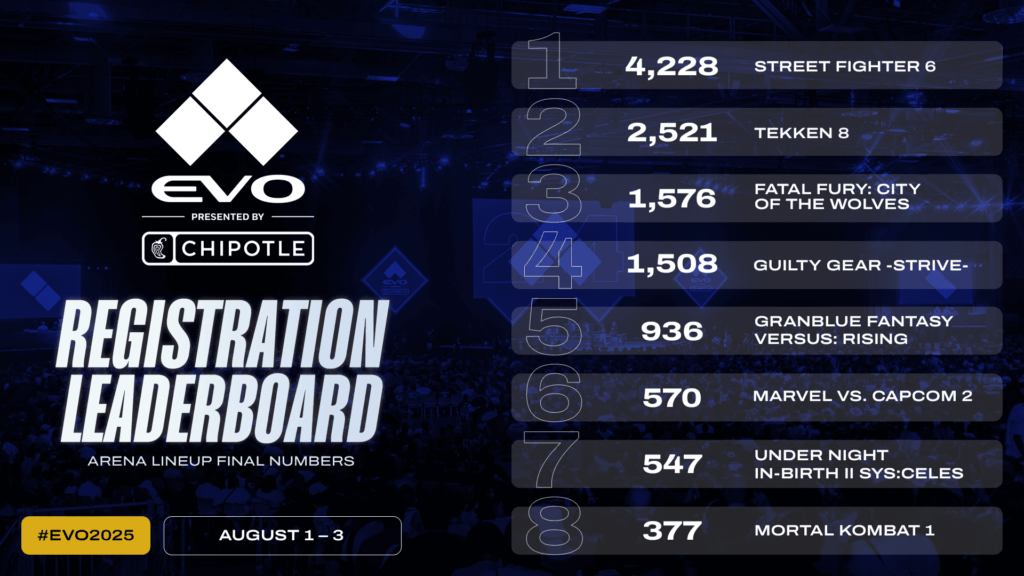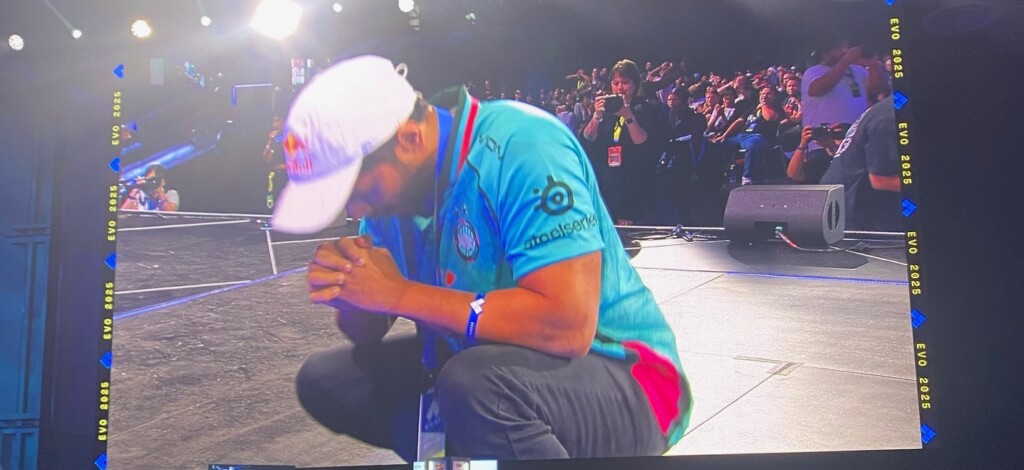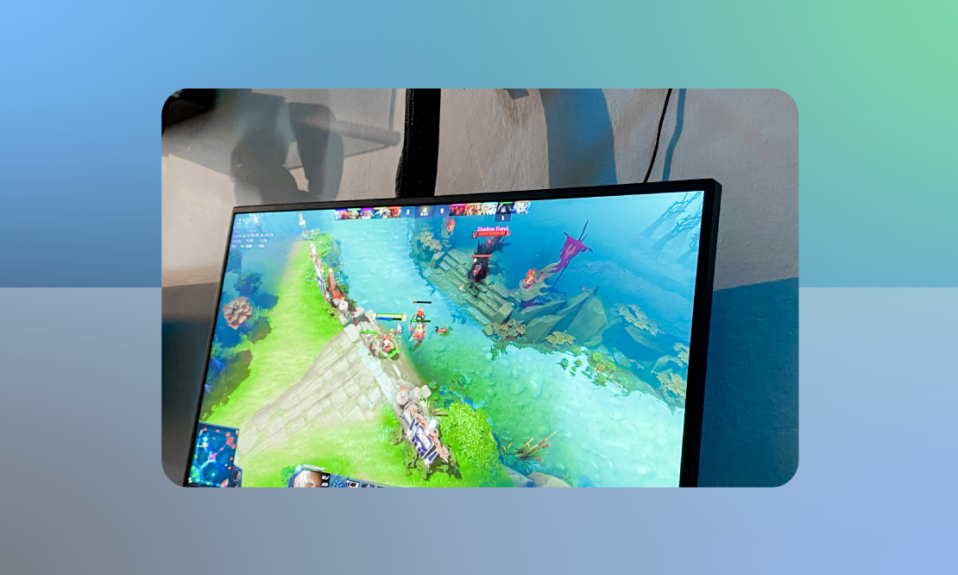
When you think of esports, the first titles likely to come to mind are multiplayer online battle arenas (MOBAs) — Dota 2 and League of Legends — or first person shooters (FPS) — Counter-Strike 2 and VALORANT. The fighting game esports community (FGC) has been around even longer than these titles — yet it’s not as large of a scene.
Even before video games were playable at home — when arcades were where kids went to get high scores, grind through levels, and play with friends — fighting games were gaining attention in a competitive light. Underlining this fact, Capcom was sanctioning Street Fighter II tournaments as far back as the 1990s.
By no means was it mainstream, but it was always there. By the 2000s, StarCraft II and Quake were getting their own tournaments. This was followed by Counter-Strike, Doom, and other shooters. Esports has continued to grow, change, and innovate over the last few decades, with many of the top tournaments getting millions of views. But while the esports community continues arguing about if CS2 or VALORANT are the biggest shooter, FGC esports have continued pressing ahead — but with far less fanfare and coverage.
Evo 2025 Shines Spotlight on the FGC
The Evolution Championship Series (Evo) was founded back in 1996, around the time that Street Fighter II was paving the way for esports. Just a few weeks ago, Evo 2025 had the top FGC pros in the world flying to Las Vegas to compete across Street Fighter 6, Tekken 8, Guilty Gear -Strive-, newcomer Fatal Fury: City of the Wolves, and many more titles.
Over 4,200 players signed up to compete in Street Fighter 6, 2,521 for Tekken 8, and 1,576 for Fatal Fury. It was one of the biggest years for Evo, not quite hitting its peak in terms of competitor numbers but still posting strong engagement. These sound like remarkable figures — and I was told there were more than 60,000 attendees at the event itself — so is the FGC really that far behind League of Legends, CS2, and the like?

The short answer is: Yes.
The thing to remember is that Evo 2025 had eight main titles (and a handful of other fighting game titles competing), so this was the culmination of effectively every large FGC title’s communities all together.
Evo 2025’s total viewership numbers are still not public, but 2024 was said to be quite similar in attendance. Evo 2024 had 6.88 million hours watched, but this was adding all the titles together. When it’s broken down by individual games, there’s a bit of a different story. Street Fighter 6, for example, was Evo’s largest title getting more than half the viewership of the entire tournament. Its peak viewer count was 403.7K.
This was during the largest fighting game event of the year. But compare that to League of Legends World Championship and the numbers are appear less impressive — World’s peak viewership last year was 6.9 million viewers (minus China). You can see the stark difference. But why?
Fighting Games Have a High Skill Ceiling
Fighting games are more complex than other genres of esports, like FPS and MOBAs. While it’s easy to understand on a simple level — players whack each other until one has no health left — the actual mechanics and gameplay of fighting games can be extremely complex. The techniques, combos, and special mechanics can be very difficult to comprehend while watching unless you play the game a lot yourself and have experience of these things first-hand.
And that’s where the issue lies. Street Fighter 6, the most popular fighting game at the moment, currently has around 16,000 active players. League of Legends has 14.6 million, VALORANT has 10 million, Counter-Strike 2 has 1.1 million. You get the picture.
With fewer people playing fighting games — also likely due to their complexity and high skill ceiling — there are bound to be fewer people tuning in to watch the pros compete since they are not as invested or knowledgeable in the gameplay. This has made the FGC esports scene a bit more of a niche — a small group of very committed and dedicated players and fans.
Fighting Games Lack Teamplay
Fighting games are generally 1v1, which has not been a hit with mainstream esports fans who love to see expert strategy and communication between teammates. Fans also love to follow player trades and team dynamics between tournaments. Fighting games don’t have that same esports dynamic, with just one player facing off against another single player on stage.

Between tournaments, fighting game players spend time ‘labbing’, which is essentially playing alone to figure out exact trajectories when hit with a certain move at a certain percent and other precise information to get better at reading their opponents next move and figuring out fast counterplays for every situation. It’s not the most engaging viewing experience on paper compared to a League of Legends team scrimming together on a stream.
While that intensity of practicing and competing alone appeals to a lot of fighting game fans because it feels more personal and passionate, it just hasn’t been met with the same enthusiasm as multiplayer games.
However, Riot’s upcoming fighter, 2XKO, will have two players against two players, which could possibly create a more dynamic teamwork-based esports scene for fans to latch onto.
The FGC Had Less Support in the Past
This leads me to the final — and maybe largest — reason that the FGC esports scene is lagging behind MOBAs, FPS, and other genres. A few titles like Street Fighter 6 and Tekken 8 have developer support — think the Capcom Cup giving a $1 million prize to the winner — but many titles don’t have that same developer support.
This means a less structured circuit, smaller tournaments, and smaller prize pools. Super Smash Bros. Melee and Ultimate are notorious for having just a few thousand dollars on the line, even for the best-of-the-best competitors, due to Nintendo’s refusal to get involved. While this has created a scene built on passion, it hasn’t offered a lot of financial support to the players.

Without these more structured circuits, a lot of FGC tournaments don’t have the same amount of media, broadcast capabilities, sponsors and resources to generate equivalent buzz to games like League of Legends or Dota 2.
The FGC esports scene has fought these setbacks with stubbornness and passion, continuing to thrive despite lacking support and posting lower viewership. If you want to watch a match with more personal grudges and rivalries — with more pride on the line — FGC esports are perfect. The blend of intensity from the pros on the stage and the passion from the captivated crowd makes the fighting game esports scene special for many of us. But not everyone will understand.






